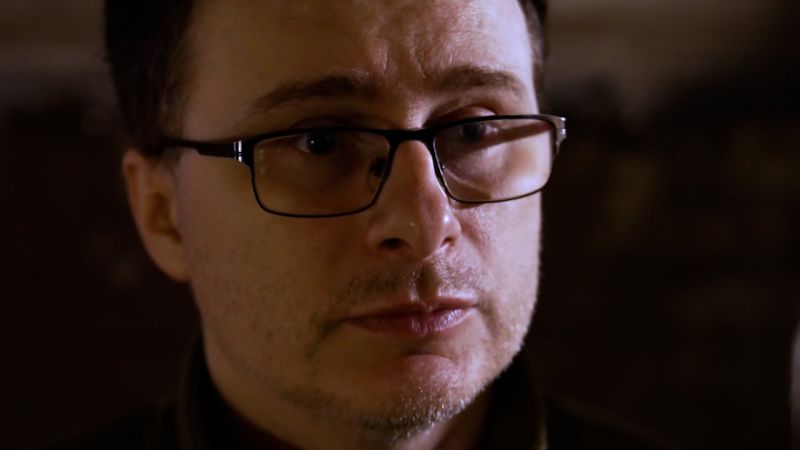
Russian quad bike raids, 3D printed drones and a lack of ammo: Life on the front line in Ukraine’s Robotyne
Pixelated in the thermal drone imagery, the quad bike races down a dirt track, its destination unclear. It swerves and is hit by a grenade, dropped from a Ukrainian drone. Russian soldiers appear to stagger away from it, one rolling.
The use of drones by both Ukrainian and Russian forces has become so widespread across the front line now, the soldiers said, that most maneuvers – from troop rotations to assaults – occur in darkness when the cheap, single-use weapons, which fly explosives into their targets, are less effective.
Kokos, a former children’s entertainer turned drone pilot in the 15th National Guard unit, said quad bikes were “more maneuverable than tracked vehicles. It’s hard for artillery to hit them, so we have to use drones.”
He said some of the captured Russians had seemed intoxicated. “We heard from prisoners of war how they are given pills before assaults. After capture, they won’t eat or sleep for a day.” He added of the assaults at night: “They just keep coming.”
Bohdan, the driver of a Belgian-donated armored vehicle, said Russian drones had limited the use of his protected “box” to evacuate casualties from the front line. “Our job got harder because of numerous drones flying around. The guys have to carry the injured to the extraction point between 2 and 8 kilometers (1.2 and 5 miles) away. It depends on the shelling.”
Ukrainian forces along the Robotyne front line are facing a painful Russian resurgence aimed at taking the tiny village that became one of the main gains on the southwestern front of the summer counteroffensive.
Weeks of intense fighting preceded the Ukrainian flag being hoisted inside the village, and periodic battles continued around its rubble over the winter.
Like many Ukrainian soldiers along the Robotyne front line, he said the lack of ammunition caused by a delay in US financial and military aid was “forcing them to underperform.” He said there is a “dramatic lack of ammo. It affects how many rounds we can spend on a target.”
His commander, Anton, said the unit used to fire 80 rounds a day, during the NATO-financed and aided counteroffensive, but now fired about 10.
He has spent more time thinking about Republican procedural dysfunctionality than you might expect for a man cheating death by shellfire in an underground bunker.
“I hardly understand the Republican policy on aiding Ukraine,” he said.
“The biggest problem is lack of ammo. We are waiting, we wait for it very much. We urgently need it. More ammunition equals saving more lives of our soldiers and civilians.”
On the drone monitors flickering near him, another grenade drops into a trench. Two Russian soldiers can be seen clambering inside the ruins of a dugout, one manhandling a shovel.
Ukrainian drone pilots now face Russian counterparts who have replaced their units but at a much larger scale, they said. “We don’t have their numbers, they mass produce everything. The quality is lower but they have lots of them. They send one, it gets suppressed by our jammers, and they instantly send another one.”
He said a new threat was so-called FPV (first-person view) attack drones, controlled from a gaming headset and equipped with night vision. In the background of the small farming cottage in which the unit was based whirred a 3D printer, churning out components for drones. Kokos estimated they could “print” parts for about 10 drones a day, but were crowdfunding as supplies were limited.
Saint, another drone pilot, 22, from Lviv, held up a captured Russian FPV drone, which he said was “manufactured much better than ours. Ours are made from carbon. Theirs are aluminium. That means extra shrapnel and a bigger payload.”
